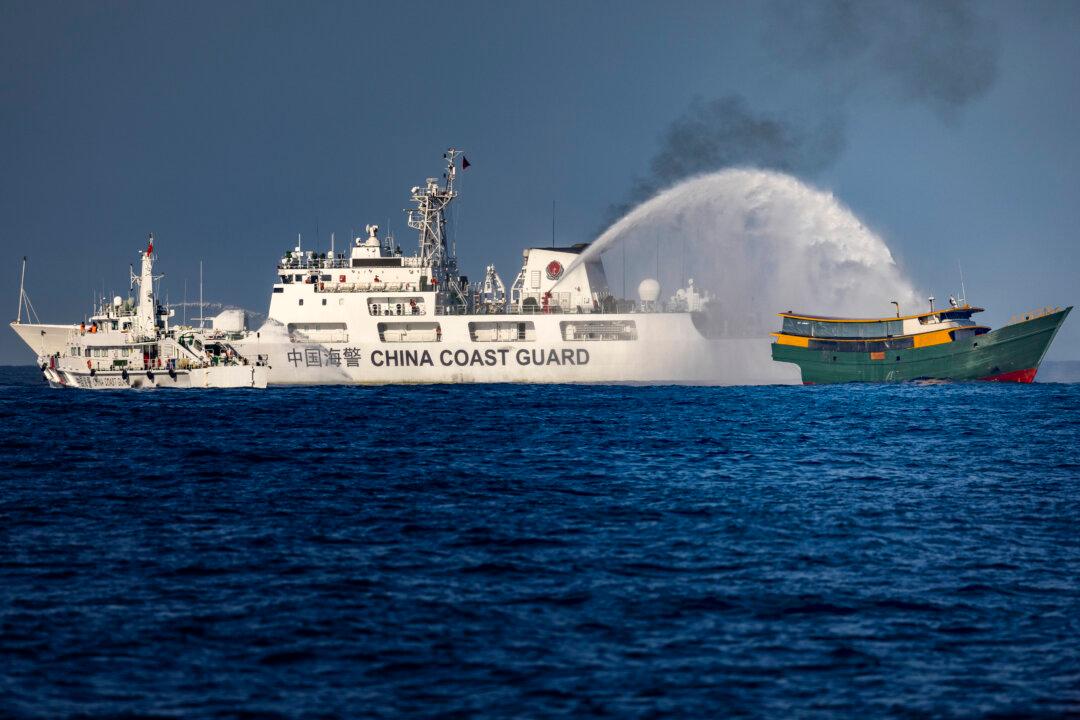Commentary
U.S. President Joe Biden, Japanese Prime Minister Fumio Kishida, and Philippine President Ferdinand Marcos will meet in Washington on April 11. This is the first such joint meeting—and it’s thanks to Chinese leader Xi Jinping.

U.S. President Joe Biden, Japanese Prime Minister Fumio Kishida, and Philippine President Ferdinand Marcos will meet in Washington on April 11. This is the first such joint meeting—and it’s thanks to Chinese leader Xi Jinping.